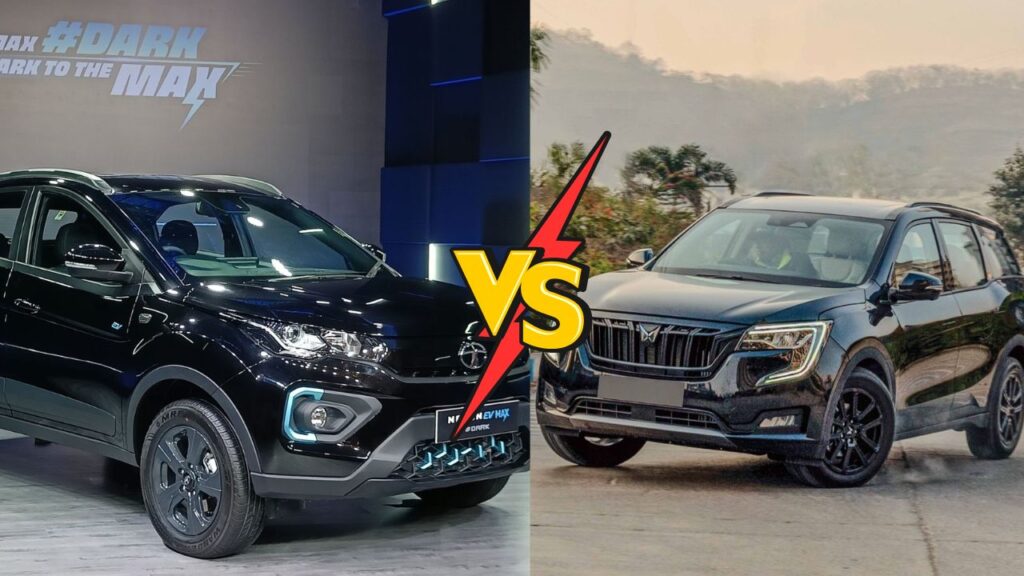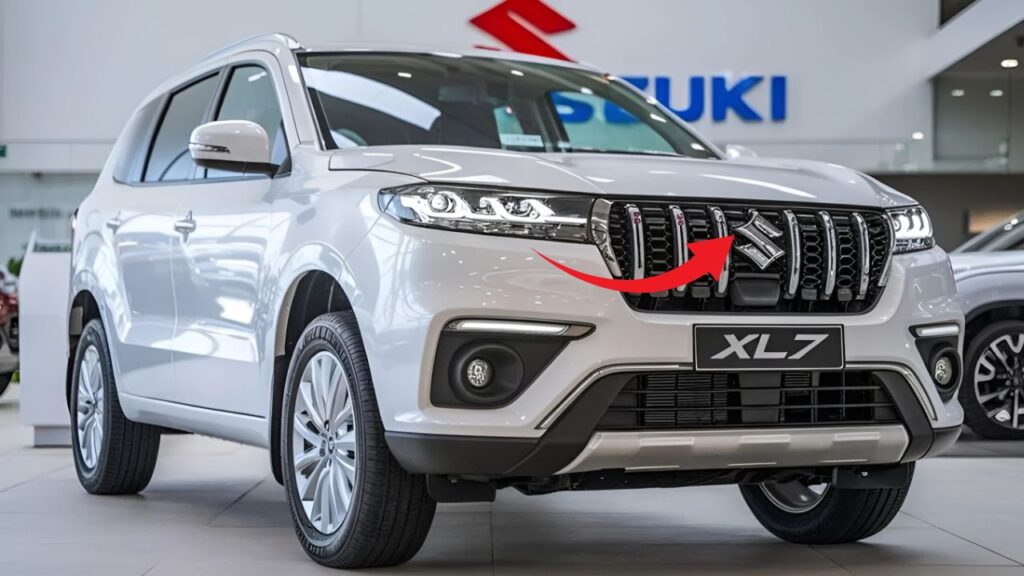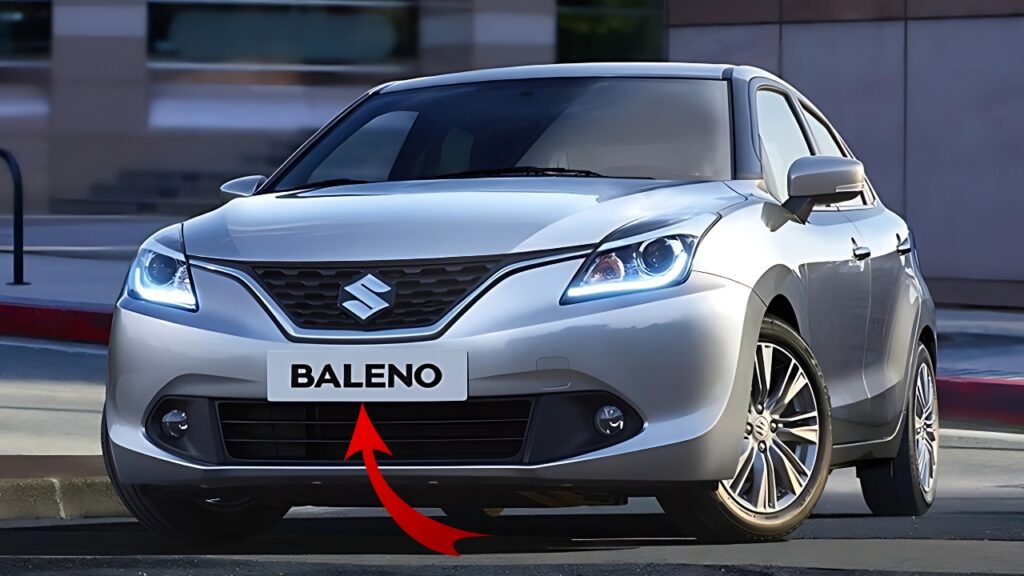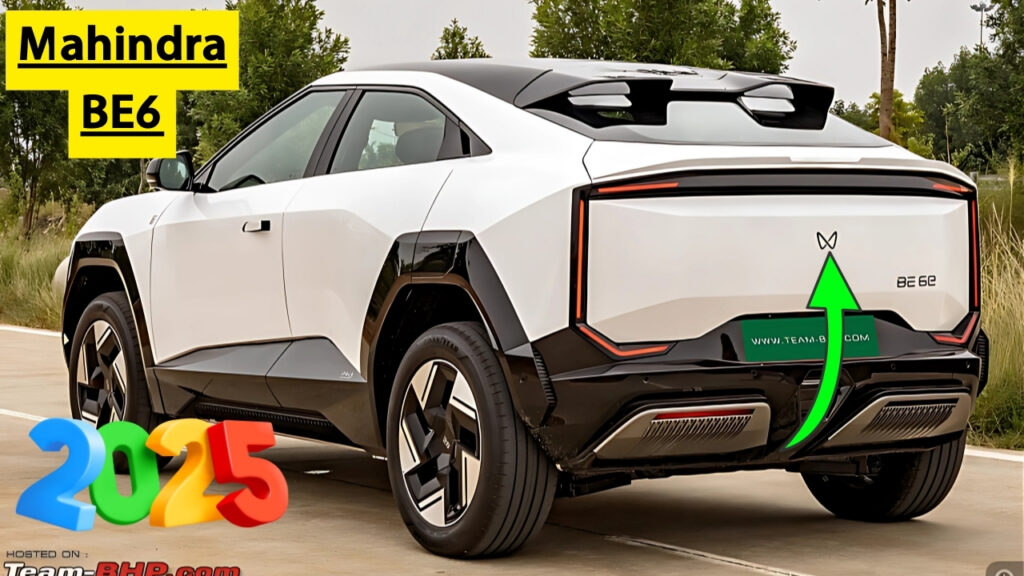Yamaha RX 100 : The motorcycle world is buzzing with excitement as Yamaha prepares to reintroduce one of its most beloved classics – the iconic RX 100.
This legendary two-stroke marvel first captured hearts in the 1980s and 1990s, becoming a symbol of speed, simplicity, and riding pleasure across India.
With its distinctive exhaust note and nimble handling, the RX 100 created a generation of enthusiasts who still reminisce about its performance.
Now, decades after its discontinuation, Yamaha appears ready to resurrect this iconic machine with modern upgrades while preserving its classic appeal.
Table of Contents
The Historical Legacy
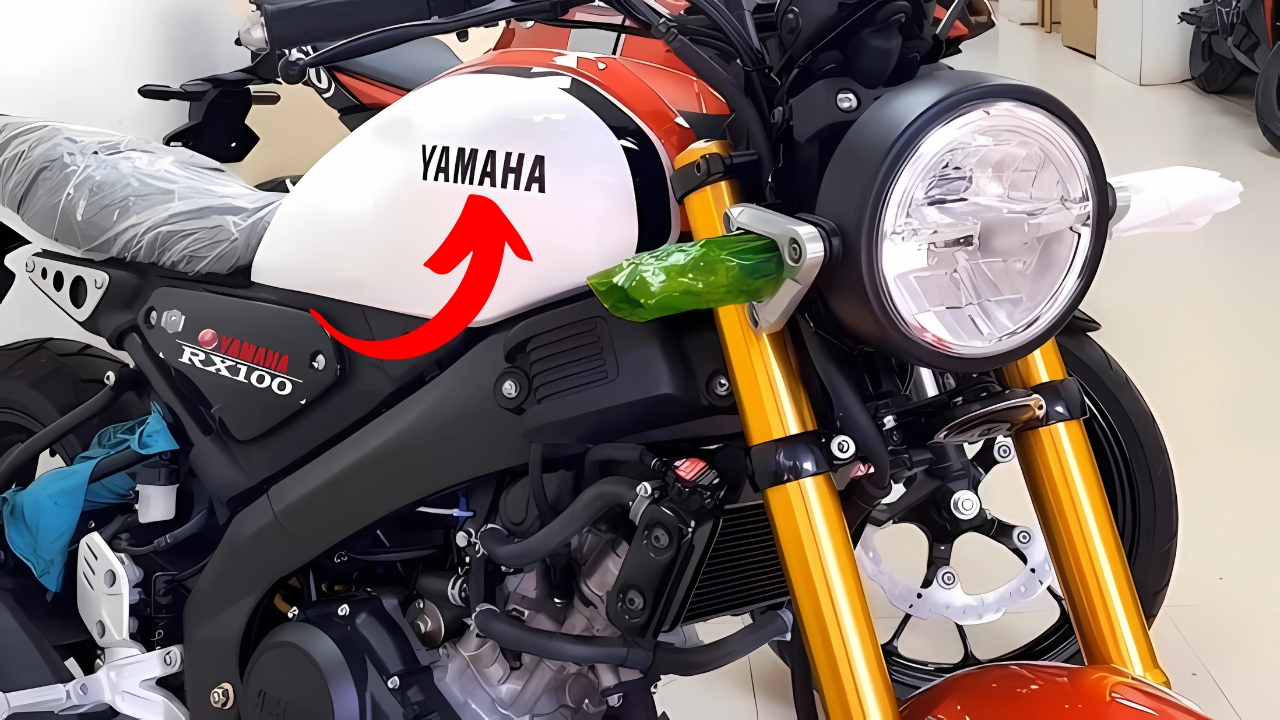
The original Yamaha RX 100 was launched in India in 1985 in collaboration with Escorts Group.
It quickly gained popularity for its lightweight design, responsive 98cc two-stroke engine, and exceptional power-to-weight ratio.
The motorcycle delivered 11 bhp of power – impressive figures for its time and displacement class.
Its minimalist design featured a simple round headlamp, sleek fuel tank, and straight seat that epitomized motorcycling in its purest form.
The RX 100 became more than just a motorcycle; it transformed into a cultural phenomenon that represented freedom and rebellion.
Young riders particularly loved its quick acceleration and the distinctive two-stroke exhaust note that announced its presence.
Why the RX 100 Became a Legend
Several factors contributed to the RX 100’s legendary status in the motorcycling world.
Its lightweight frame and potent engine created a thrilling riding experience unmatched by competitors.
The motorcycle’s reliability and easy maintenance made it accessible to riders across different economic backgrounds.
Parts were readily available and affordable, making it a practical choice for daily commuting and weekend adventures alike.
The RX 100’s simplicity was its greatest strength – no complicated electronics or features to malfunction, just pure mechanical excellence.
Its design struck a perfect balance between functionality and aesthetics, creating a timeless appeal that continues to attract collectors.
The aftermarket support for the RX 100 remains strong even today, with enthusiasts restoring vintage models to their former glory.
The Discontinuation Era
Despite its popularity, the Yamaha RX 100 faced challenges with changing emission regulations in the early 2000s.
Two-stroke engines, while powerful and lightweight, produced higher emissions compared to four-stroke alternatives.
As environmental concerns grew and emission standards tightened, Yamaha gradually phased out the beloved motorcycle.
The final units rolled off production lines, marking the end of an era for motorcycling enthusiasts across the country.
Since then, prices of well-maintained RX 100 models in the used market have steadily increased, sometimes fetching more than their original retail price.
Collectors and enthusiasts continue to seek out preserved examples, creating a robust restoration community dedicated to keeping these classics alive.
The Revival Announcement
Recent industry reports suggest Yamaha is planning to reintroduce the RX 100, acknowledging the motorcycle’s enduring appeal and customer demand.
Company executives have reportedly recognized the strong nostalgia factor associated with the RX 100 name and its potential in today’s retro-motorcycle market.
The announcement comes at a time when vintage-inspired motorcycles are experiencing a global resurgence in popularity.
Manufacturers across the spectrum are revisiting their heritage models to capitalize on riders’ desire for simpler, more connected riding experiences.
Yamaha’s decision aligns with this trend while answering the persistent calls from loyal fans who have awaited this return for years.
Expected Design and Features
The new Yamaha RX 100 is expected to maintain its classical silhouette while incorporating modern elements.
Design patents and early renders suggest a faithful recreation of the original’s iconic fuel tank shape and overall stance.
The round headlamp, a defining characteristic of the original, will likely return with modern LED technology inside.
Simple instrumentation with a possible digital-analog hybrid display might replace the purely analog cluster of the original.
Chrome accents on the exhaust, mirrors, and other components should preserve the vintage aesthetic that enthusiasts cherish.
While preserving nostalgia, Yamaha will need to balance retro charm with contemporary expectations for fit and finish.
Engine and Performance Expectations
Perhaps the biggest question surrounds the engine configuration of the new RX 100.
Strict emission regulations make a direct revival of the two-stroke engine highly unlikely in its original form.
Industry analysts anticipate a modern four-stroke single-cylinder engine with a displacement between 100cc and 150cc.
This engine would likely feature fuel injection technology to meet current emission standards while delivering respectable performance.
Some reports suggest Yamaha might incorporate variable valve timing or other technologies to mimic the punchy power delivery of the original.
Engineers face the challenge of recreating the distinctive exhaust note that was integral to the RX 100 experience.
Power figures around 15-18 bhp would position the new model competitively while honoring its performance heritage.
Technological Upgrades
While maintaining a classic appearance, the new RX 100 will incorporate essential modern technologies.
ABS (Anti-lock Braking System) is expected to be standard equipment to comply with safety regulations.
Disc brakes will likely replace the drum brakes of the original model, offering improved stopping power.
The suspension system will receive updates with modern components while maintaining the original’s ride characteristics.
Bluetooth connectivity and basic smartphone integration might be offered on premium variants.
Despite these upgrades, Yamaha is expected to keep the electronics package minimal to preserve the motorcycle’s uncomplicated nature.
Target Audience
The revived RX 100 will appeal to multiple segments of motorcycle enthusiasts.
Older riders who experienced the original firsthand will be drawn by nostalgia and the chance to relive their youth.
Younger enthusiasts who have heard tales of the legendary motorcycle will want to experience its charm for themselves.
Collectors seeking unique motorcycles with historical significance will view it as an essential addition to their garage.
Urban commuters looking for a stylish yet practical daily rider might find the new RX 100 perfectly suited to their needs.
The motorcycle’s expected competitive pricing should make it accessible to a broad spectrum of potential buyers.
Market Positioning and Competition
The new Yamaha RX 100 will enter a growing segment of retro-styled motorcycles in the Indian market.
It will compete with motorcycles like the Royal Enfield Classic 350, Jawa 42, and Honda H’ness CB350.
At a potentially lower displacement and price point, it could also challenge the dominance of commuter motorcycles from Hero and Honda.
Yamaha’s heritage and the RX 100’s legendary status provide built-in brand value that competitors may struggle to match.
The motorcycle’s unique positioning between commuter and premium segments could create a distinctive niche in the market.
Production and Manufacturing
Reports suggest Yamaha will produce the new RX 100 at its manufacturing facilities in India.
Local production would help keep costs competitive while ensuring quality control meets international standards.
The manufacturing process will likely blend traditional craftsmanship with modern automation for consistent quality.
Yamaha may implement a phased production approach, starting with limited numbers to gauge market response.
Component sourcing will balance quality requirements with localization to optimize the cost structure.
Expected Pricing Strategy
Industry analysts predict a competitive price point between ₹1.2 lakh and ₹1.5 lakh (ex-showroom).
This positioning would place it above commuter motorcycles but below premium offerings in the market.
Yamaha might introduce multiple variants at different price points to cater to diverse customer preferences.
Special edition models with unique color schemes or enhanced features could command a premium.
Early booking incentives and loyalty benefits for existing Yamaha customers might be part of the launch strategy.
Launch Timeline
The official launch is anticipated in the latter half of 2025, with teaser campaigns beginning several months earlier.
Yamaha is expected to showcase the motorcycle at major automotive exhibitions before the commercial launch.
Pre-bookings might open a few months before deliveries commence to gauge customer interest.
A phased rollout across different regions is likely, starting with major metropolitan areas before expanding nationwide.
Global availability will depend on the initial reception in the Indian market and regulatory compatibility in international markets.
Enthusiast Reactions
The announcement has already generated significant buzz across motorcycle communities and social media platforms.
Vintage RX 100 owners’ clubs have expressed excitement about the revival while hoping the new model honors the original’s legacy.
Some purists have voiced concerns about the shift from two-stroke to four-stroke technology, questioning if the essence will remain intact.
Younger riders unfamiliar with the original are eager to experience the motorcycle they’ve heard so much about from previous generations.
Industry experts see this revival as a smart strategic move that leverages Yamaha’s heritage while appealing to contemporary riders.
Potential Challenges
Yamaha faces several challenges in successfully reviving this iconic model.
Meeting modern emission standards while delivering performance comparable to the original presents a significant engineering challenge.
Balancing nostalgia with contemporary features without diluting the motorcycle’s character requires careful product planning.
Pricing the motorcycle competitively while ensuring profitability in a price-sensitive market demands strategic cost management.
Building adequate production capacity to meet potential high demand without creating excessive waiting periods will be crucial.
After-Sales Support and Community Building
Yamaha is expected to create dedicated service protocols for the new RX 100.
Special training programs for service technicians will ensure they understand the model’s unique characteristics.
Exclusive owners’ clubs and riding events might be organized to foster community building among buyers.
Digital platforms dedicated to sharing experiences, modifications, and maintenance tips could enhance the ownership experience.
Heritage rides tracing the legacy of the original RX 100 might become regular features of Yamaha’s customer engagement strategy.
Long-Term Vision
The RX 100 revival could potentially lead to a heritage line of motorcycles from Yamaha’s illustrious past.
Success with this model might encourage the company to resurrect other legendary names like the RD 350.
The reintroduction represents more than just a new product; it signifies Yamaha’s recognition of its historical significance in shaping motorcycling culture.
This launch could reposition Yamaha in segments where it has lost ground to competitors in recent years.
The long-term sustainability of this approach will depend on how authentically the new model captures the essence of the original.
Yamaha RX 100 Conclusion
The return of the Yamaha RX 100 represents a perfect union of nostalgia and modern engineering.
This revival acknowledges the enduring appeal of simple, engaging motorcycles in an increasingly complex automotive landscape.
For riders who experienced the original, the new RX 100 offers a chance to relive cherished memories with modern reliability.
Younger enthusiasts will discover what made this motorcycle a legend and why its legacy has endured for decades.
As Yamaha prepares to reintroduce this iconic machine, it not only revives a product but also celebrates a cultural phenomenon that transcended transportation to become a symbol of freedom and joy.
The legendary RX 100’s return proves that some classics never truly fade away—they simply wait for the right moment to roar back to life.
Also Read This-
-
Royal Enfield Guerrilla 450 – Dhansu engine bike launch for powerful peoples
-
New Rajdoot Bike launch with premium features and 350cc engine
-
Toyota Corolla Cross – New SUV launch for fails XUV 700




